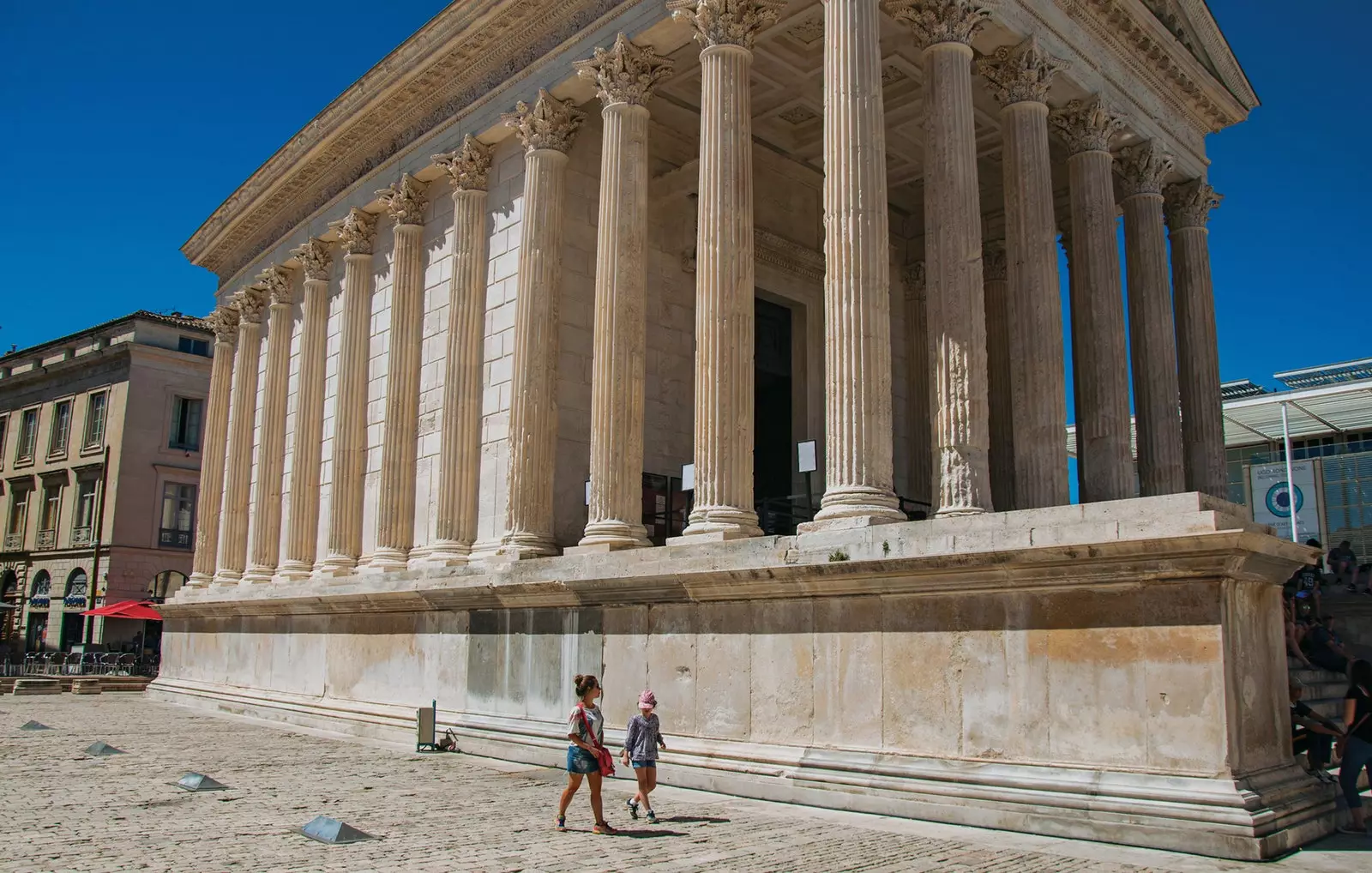
Nîmes, this is your year
This city is much more than the great bullring -once a Roman amphitheater- in which Picasso took off his Fiesta jumpsuit during exile. That is why the coming months have been marked as key to eliminating prejudices and show itself as a deep and very unique city.
ROMANITY IS MODERN
The other headline for this article could be: ‘Nimes presents a very serious candidacy to be a World Heritage Site’ . It is true that this UNESCO and media recognition is very helpful and very showy, but what it does achieve is to highlight a merit.
And what is it in the case of this city in Occitania? well the have modernized without forgetting that around the generous Fontaine the Romans established a fundamental settlement for the commercial control of southern Gaul 2100 years ago.
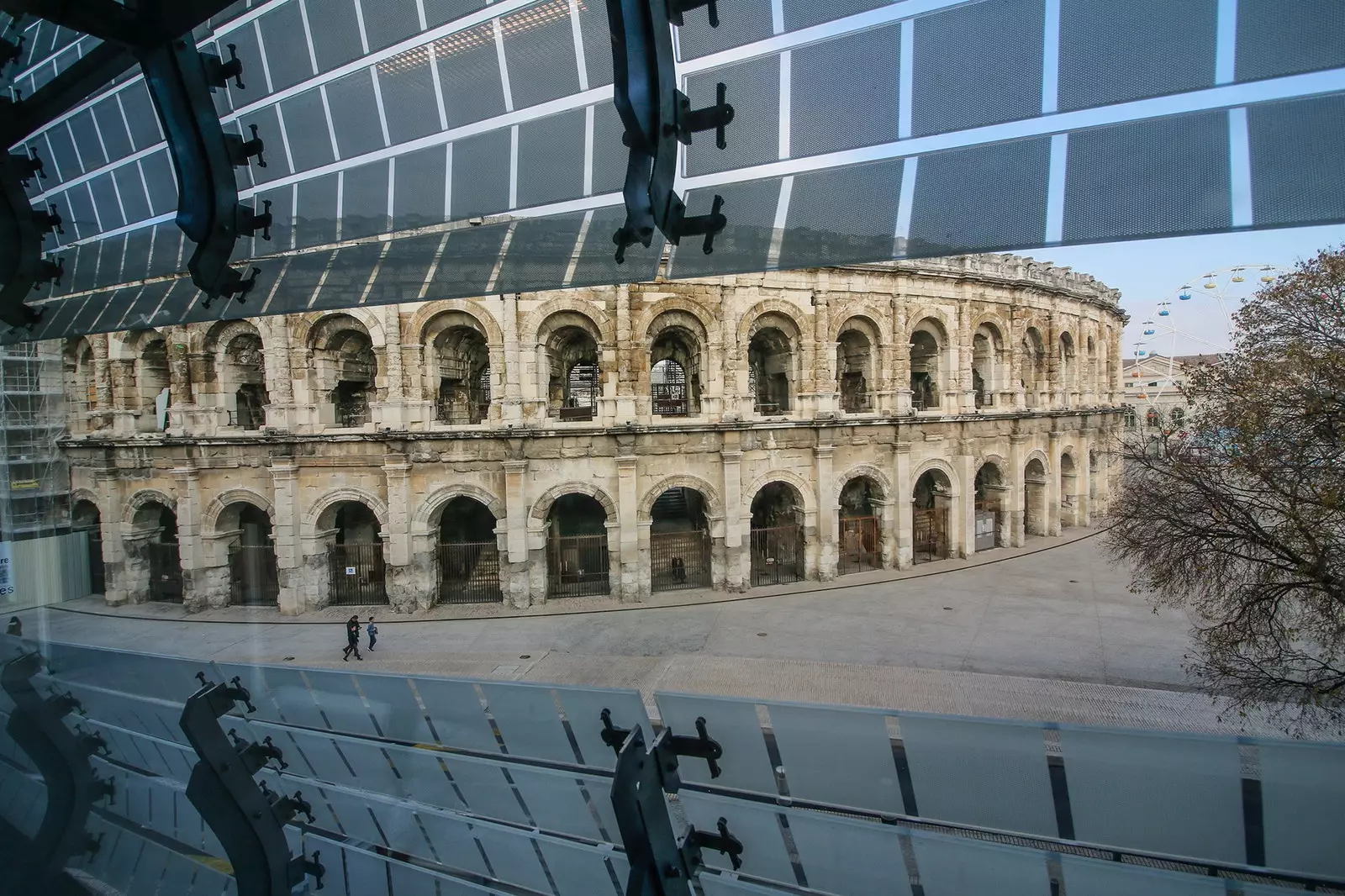
Its icon, the beginning of everything
The information regarding this request is read these days at street level, on the few tarpaulins that protect the last phase of the rehabilitation of its spectacular amphitheater . This is your icon, the beginning of everything.
Three centuries ago the houses and shops occupied its interior until in the eighteenth century began with the idea of recovering its value . Now, in their case they are programmed open-air concerts, ancient games and, above all, bullfights. Nimes could be considered as the northern limit of this hobby, the last stronghold in the north where it is legal and usual. But, as much as its restaurants, bookstores and statues (with that of the pioneer matador Christian Montcouquiol -aka Nimeño II- at the head) overflowing with bullfighting without effeminate folklore, the future of Nimes is tangential to that of this show.
What really makes it unique is how the entire city is structured around Roman remains Y how modernity has dialogued with them.
An example is the urban planning of the square attached to the arena, a pedestrian space marked by a line on the ground that represents where the ancient wall went.
Another piece of evidence is the dialogue between the Maison Carrèe , the temple par excellence of the city, and the Carrée d'Art , a media library-museum of contemporary art where Norman Foster makes use of columns reminiscent of the style of his older neighbor.
In short, that Nimes is postulated as a city that deserves to be protected and recognized for having been able to grow up without throwing the old things off the balcony and without hiding behind postmodern solutions caught with tweezers.
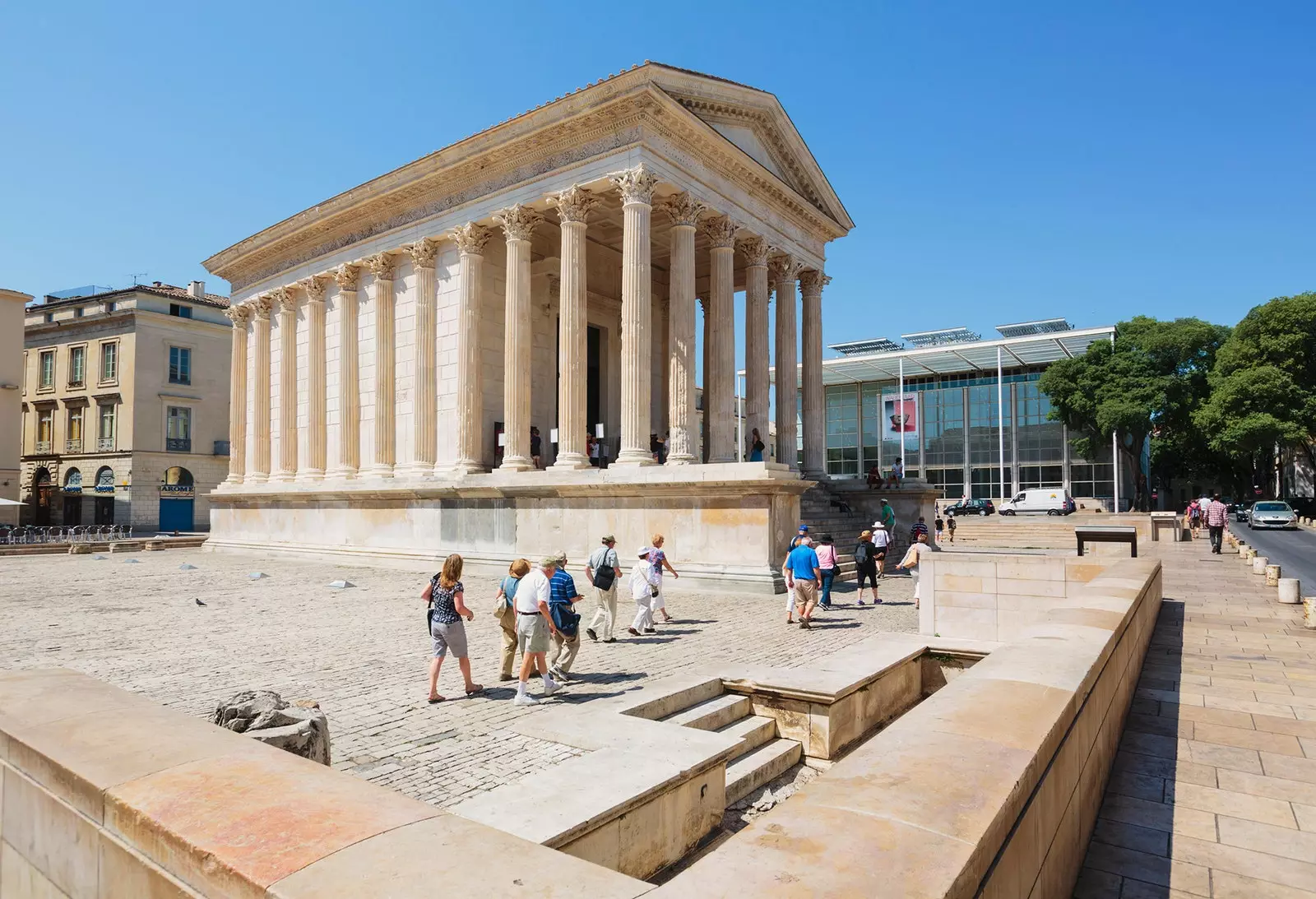
Maison Carrèe and Carrée d'Art, face to face
THE MUSEUM OF THE 1ST CENTURY B.C…. AND ALSO OF THE 21ST CENTURY
Whatever happens in the 42 session of UNESCO which will start next June 24 in Bahrain , Nimes does not intend to risk everything to its cultural diplomacy.
For this reason, on June 2 it is scheduled to open its ** Museum of Romanity **. Nothing more and nothing less than €38 million (sources from the institution claim not to have spent a penny of the budget) dedicated to extolling what this civilization changed the entire region.
However, beyond the undoubted archaeological interest of the place, this initiative must be recognized for a gift, and that is universality without populism. Or what is the same, that uses architecture and modern exhibition techniques to bring the past closer to the eyes installed for the future.
Both augmented reality and interactive screens will be the real dynamizers, the ones that put a little salt and pepper on those remains that, why are we kidding ourselves, are sometimes mere stones.
But there is much more. The complex designed by ** Elizabeth de Portzamparc ** in the very Plaza de la Arena is a building open to all audiences. Literally.
And it is that access to its archaeological garden and its terrace will be free, which makes the museum also become a viewpoint over the city with a garden included.
Of course the building will have its aesthetic-viral point. Its exterior is made up of large undulating tesserae that resemble the folds of a Roman tunic while its interior stairs, which follow the style of the **Escalier Magique of Chambord Castle (Loire Valley) **, are instagram meat.
The last non-museum attraction of the center is the restaurant, a space with a terrace and its own views that will be run by Frank Putelat , a chef with two Michelin stars for his restaurant Le Parc, in Carcassonne.
His menu, still brand new, will be inspired by the Roman diet while his wine list will offer references from More of Tourelles , a winery that has specialized in vinify in Latin and in preparing drinks in which the fermented grape juice is macerated with different herbs or mixed with honey.
FROM JULIUS CAESAR TO PHILLIPE STARCK
Although this trio of Arena-Maison Carrée-Museum it is the most notable of the modernization of Romanity with which Nimes surprises, if you dig a little in the city you will find other dialogues between the two eras.
For example his shield, based on a coin found in a deposit in which a crocodile and a palm tree are represented and which commemorate the successes of the Egyptian campaigns of the Empire, was redesigned by Philippe Starck.
And it is that the Nimes of today would not be understood without Jean Busquet , a mayor who, in the 80s, marked this line of updating the past, beginning with this assignment to Starck. Good old Philippe, in addition to turning the logo around, left the Abribus in the city, a sculptural bus stop located on the Avenue Carrot whose prisms are articulated in the form of a crocodile. By the way, the palm trees that accompany this indescribable work are the only plants of this style in the city. paradoxes of history.
But the Abribus is nothing more than the culmination of the urban redesign of this avenue, an experiment that was very popular. So much so that, in the last decade, two large streets have undergone a very remarkable intervention. The first is Avenue Feuchères, a road that connects the main station on foot, where the line RENFE-SNCF connect Nimes with Madrid in 7 hours and with Barcelona in three and a half hours, with the great amphitheater in a long line flanked by canals that are colored at night.
The second is Avenida Jean Jaurès, a redesign commissioned by wilmotte , the architect of the Elysee. The great street that ends in the gardens of La Fontaine It has been, for a few years, a boulevard dedicated to silence, with clear references to the Japanese imaginary and with an asphalt that reduces the acoustic impact of cars.
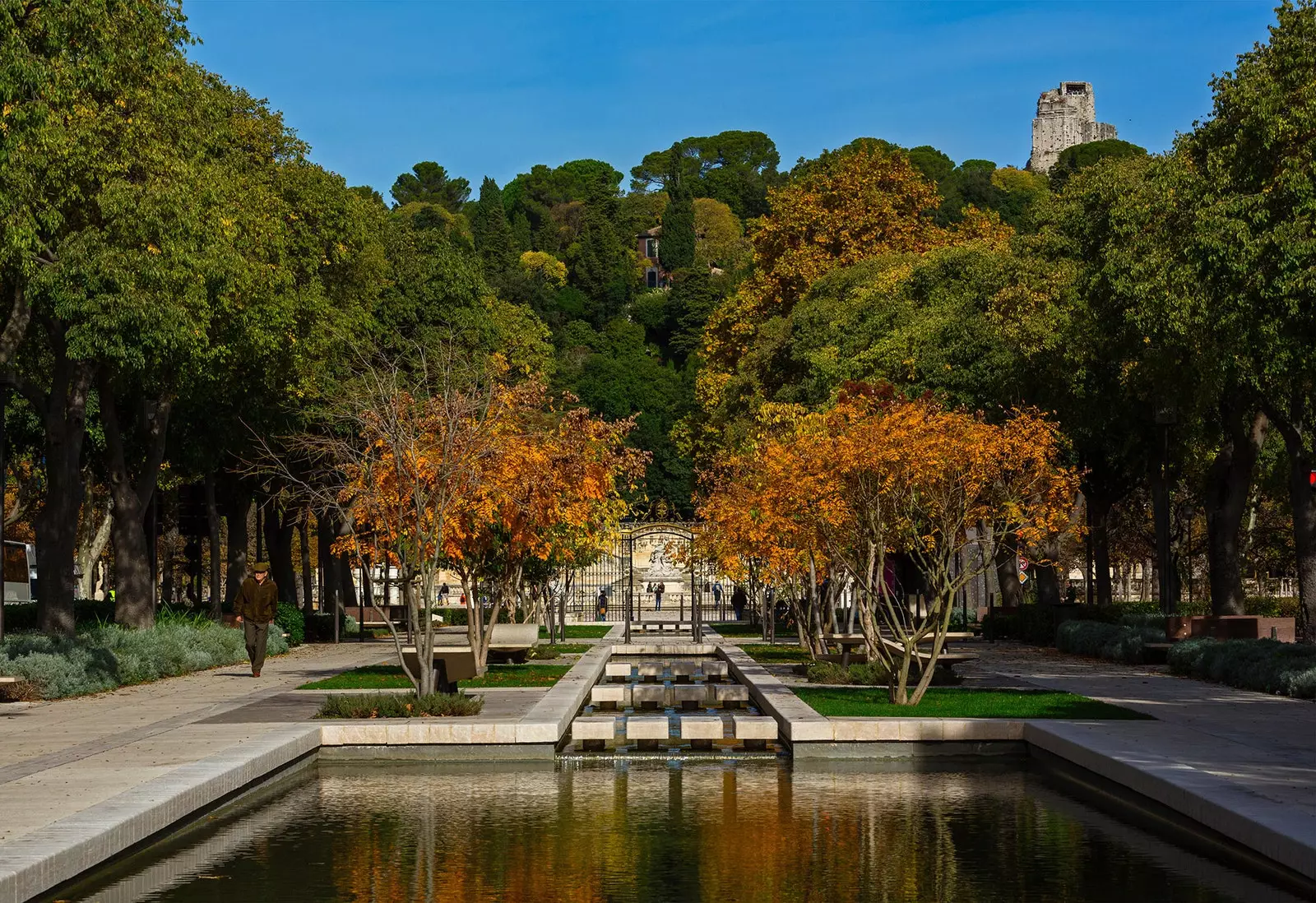
Jean Jaurès and the Jardins de la Fontaine
In addition, the bushes are cut at a strategic height so that drivers have the feeling of being surrounded by nature while visually dividing the large central esplanade from the lanes.
The last curiosity of this avenue is that in the works to make this new urbanism a reality, it was found the Penthee mosaic, a finding that prompted the authorities to lift the current Museum of Romanity.
SECRETS AND PICASSOS
Beyond this Romanization with 5G and square and bevel, Nimes has a couple of extra reasons to be the French getaway of 2018. On the one hand, there is the exhibition Picasso / Dominguin , an artistic retrospective on the friendship between artist and bullfighter that will be exhibited at the Museum of Bullfighting Cultures. A sample framed in the initiative Picasso-Mediterranee of Picasso Museum in Paris with which it seeks to democratize a little its vast collection based on expos like this one.
The second is much more hedonistic. It is about celebrating the fifth star of the Garden Secrets , a hotel hidden in an old 18th century mansion that has become a destination in itself.
Strolling through its patios, enjoying its Spa and procrastinating in its common rooms is the closest thing to that Roman luxury of hedonism without Caligulas or bacchanals. Just silence, relax and a surprising city on the other side of the coquettish door.
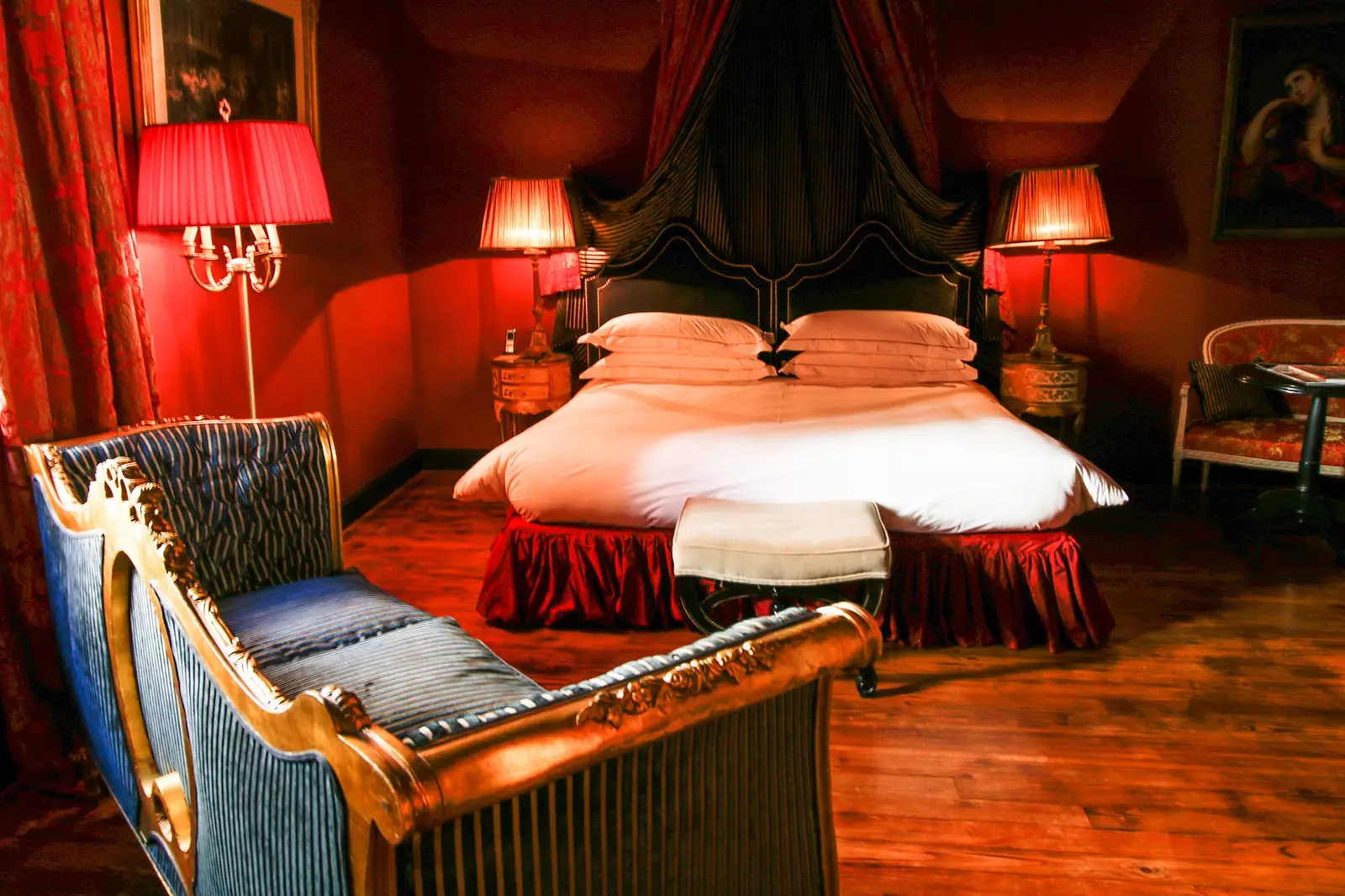
Silence, relaxation and a surprising city on the other side of the door of Jardins Secrets
